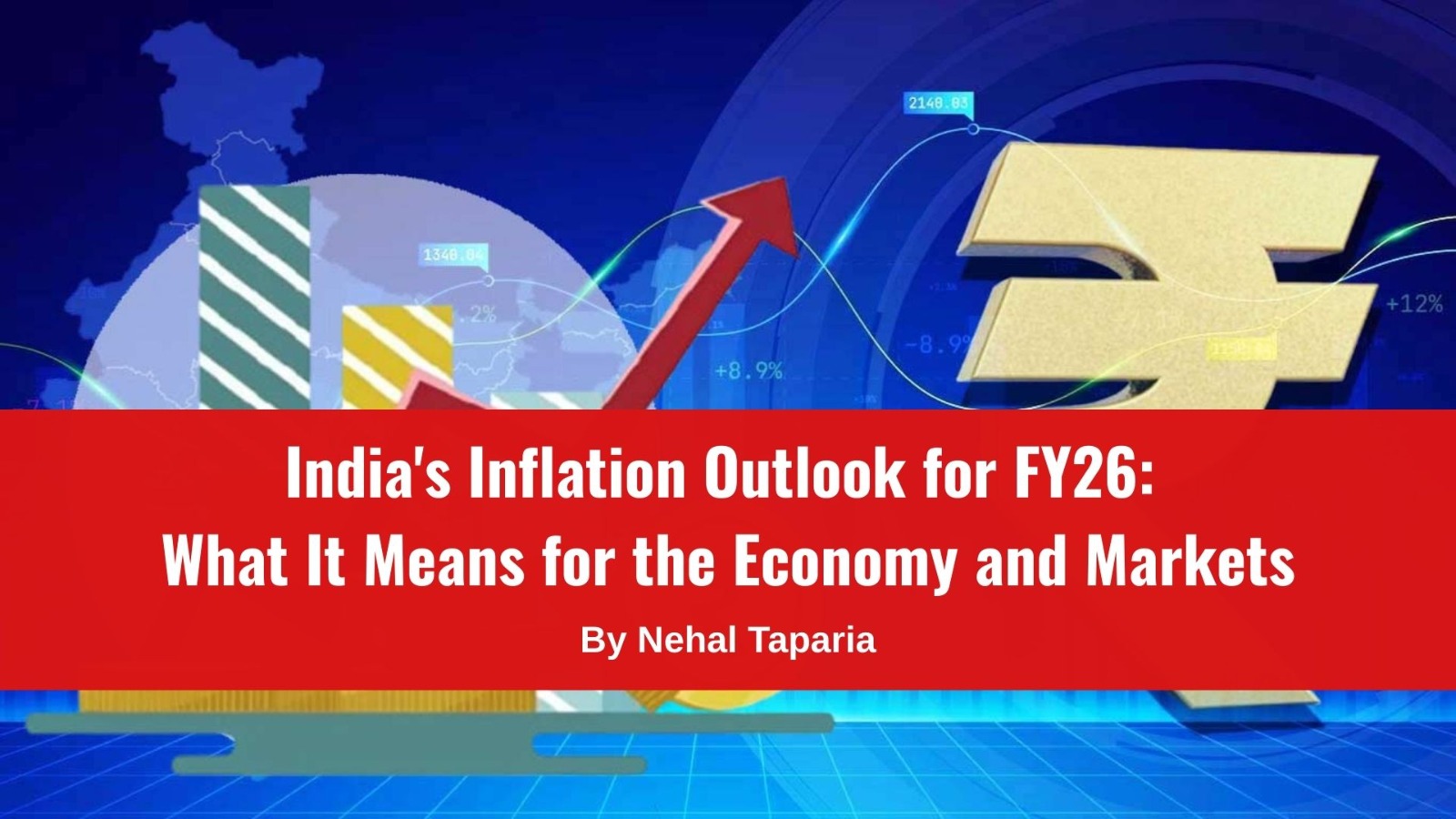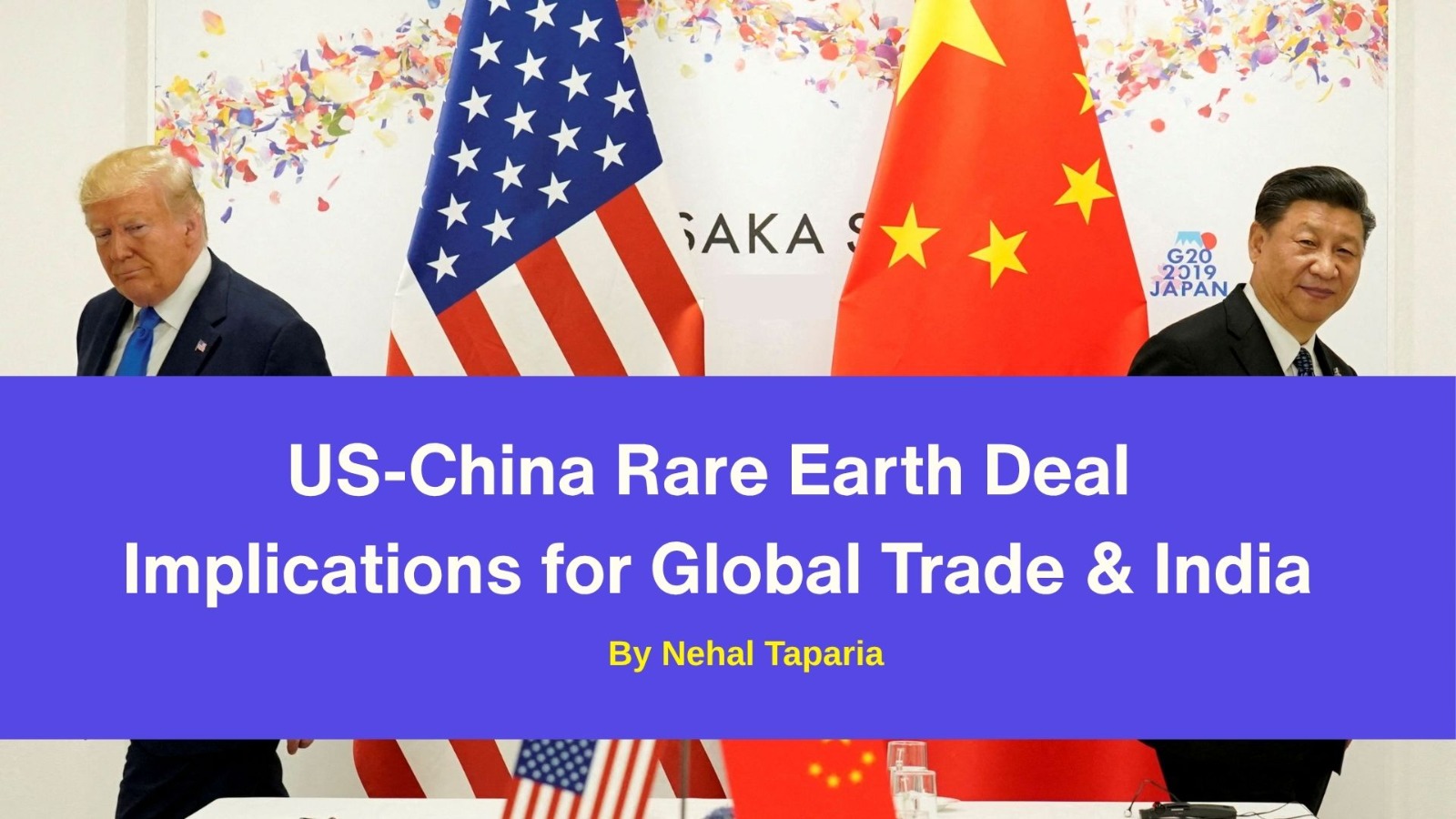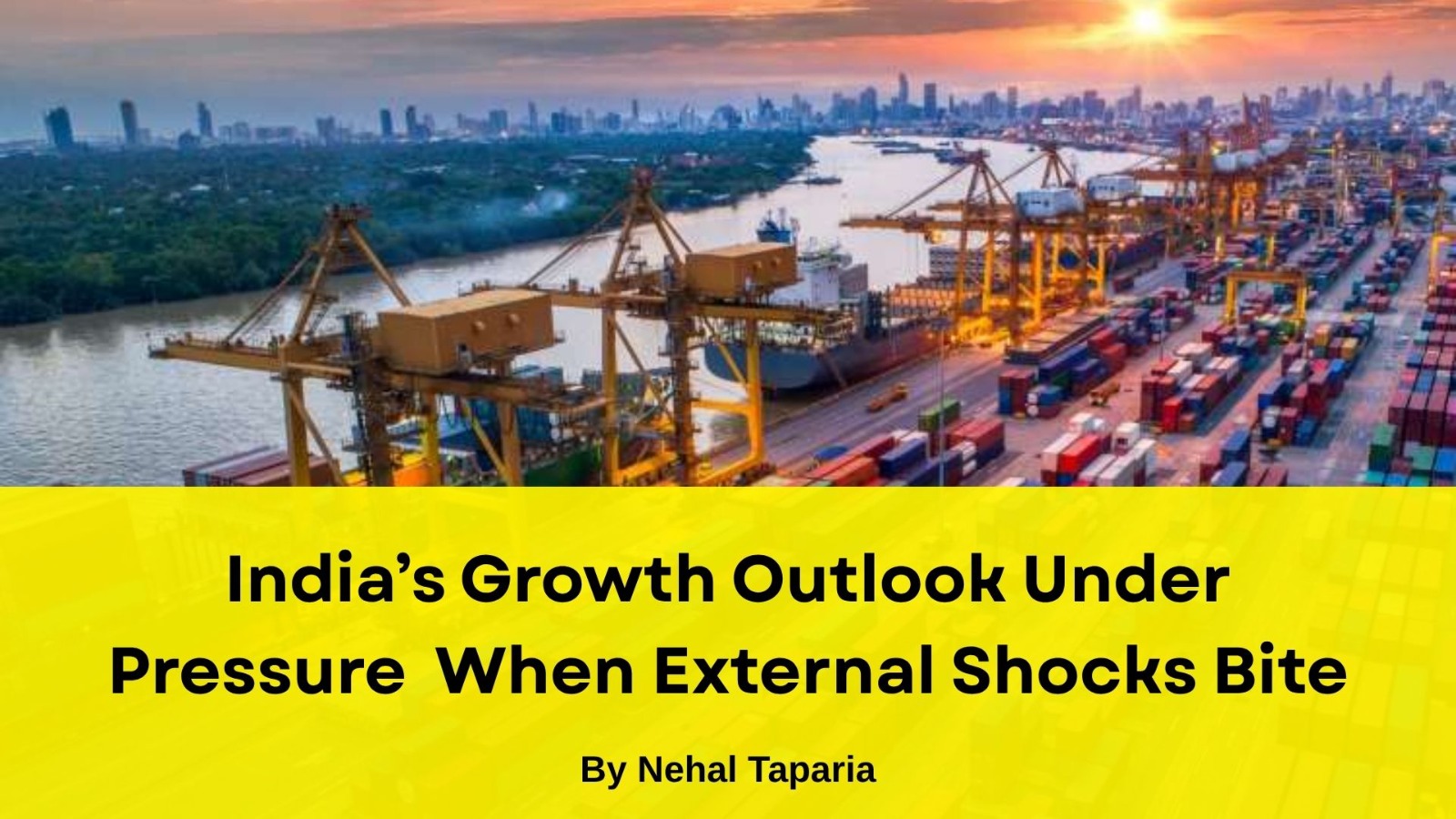India's Inflation Outlook for FY26: What It Means for the Economy and Markets

India's Inflation Outlook for FY26: What It Means for the Economy and Markets
India's Inflation Forecast for FY26
According to Crisil's latest report, India's headline inflation is projected to moderate to 3.2% during the fiscal year 2025–26, a decrease from its earlier estimate of 3.5%. This easing trend is attributed to favorable food prices, improved supply conditions, and the potential impact of tax cuts on essential goods.
The Reserve Bank of India (RBI) has also adjusted its inflation forecast for FY26 to 3.1%, down from 3.7% in June. This revision reflects softening food prices and improving supply conditions.
Implications for the Indian Economy
1. Monetary Policy Adjustments
With inflation expectations moderating, the RBI may have room to implement a 25 basis point rate cut, potentially boosting domestic demand and supporting economic growth.
2. Consumer Impact
Lower inflation rates can lead to reduced costs for consumers, particularly in food and essential goods, enhancing purchasing power and overall economic sentiment.
3. Investment Climate
Stable and predictable inflation contributes to a favorable investment environment, encouraging both domestic and foreign investments in various sectors.
Market Outlook
Equity Markets
The anticipated rate cuts and improved economic conditions may bolster investor confidence, potentially leading to positive movements in the equity markets.
Fixed Income
Bond markets could benefit from the expected rate cuts, as lower interest rates typically lead to higher bond prices.
Sectoral Impact
Sectors such as consumer goods, banking, and infrastructure may experience growth due to increased demand and favorable financing conditions.
In conclusion, India's projected inflation moderation for FY26 presents a promising outlook for the economy and markets. While risks such as adverse weather conditions remain, the overall trend suggests a conducive environment for growth and investment.
By Nehal Taparia
This content is for educational and knowledge purposes only and should not be considered as investment or Trading advice. Please consult a certified financial advisor before making any investment or Trading decisions.
Our Recent FAQS
Frequently Asked Question &
Answers Here
Q1: What factors contribute to the projected decline in inflation?
A combination of favorable food prices, improved supply conditions, and potential tax cuts on essential goods are contributing to the expected decline in inflation.
Q2: How might the RBI's potential rate cut affect borrowers?
Q3: What risks could disrupt the positive inflation outlook?
Q4: How does this inflation outlook compare to global trends?
Copyright © By The Stock Learning. Design & Developed by Techno Duniya










